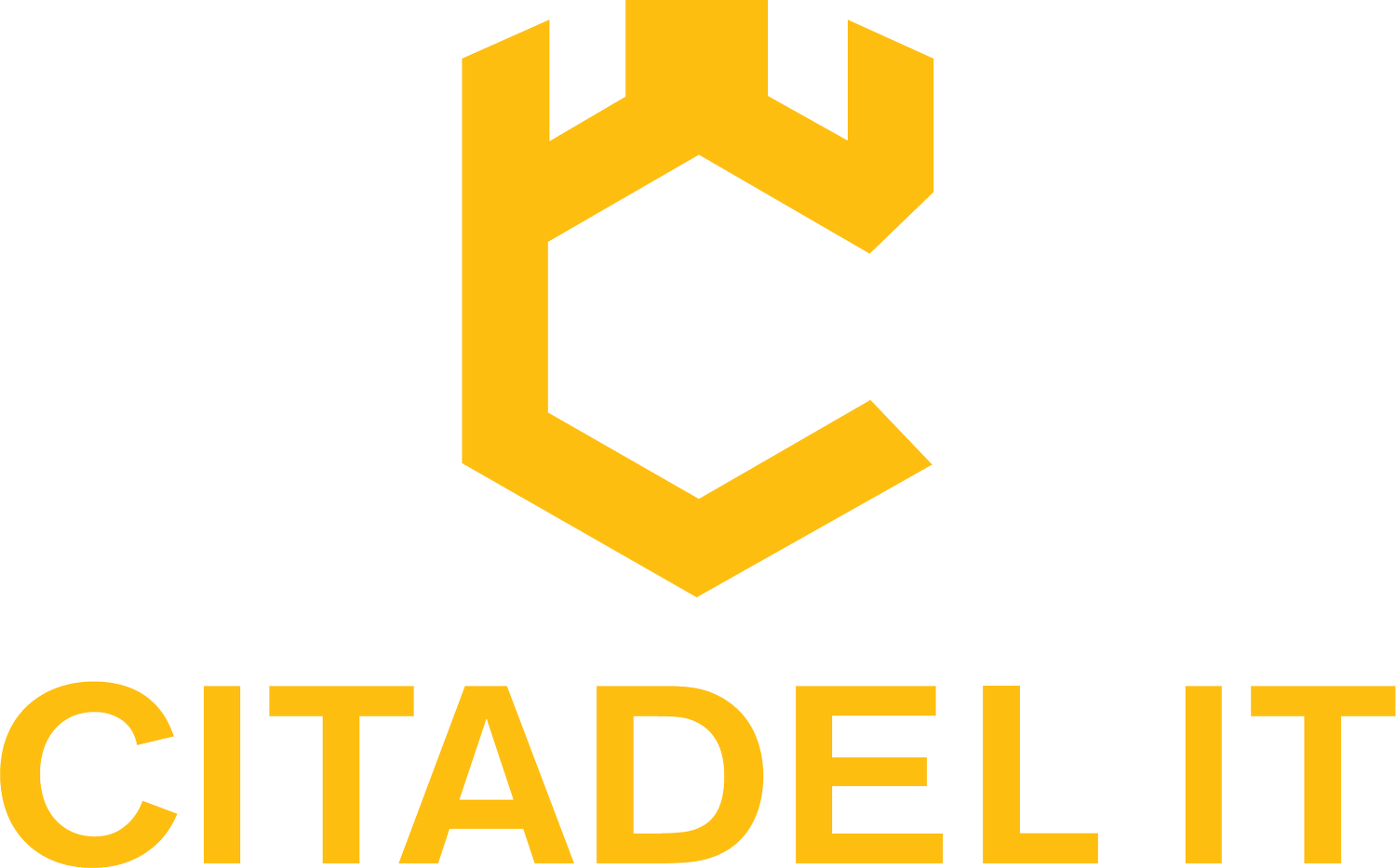“Understanding and Implementing the ACSC Essential 8 Framework”
In today's digitally connected world, small and medium-sized enterprises (SMEs) are not immune to the ever-evolving landscape of cybersecurity threats. As the threat landscape becomes more sophisticated, it's crucial for SMEs to adopt robust cybersecurity practices.
The Australian Cyber Security Centre (ACSC) Essential 8 Framework provides a valuable roadmap for enhancing cybersecurity defenses. In this blog, we will delve into the ACSC Essential 8 Framework and explore how SMEs can align their cybersecurity strategies with its principles for a safer digital environment.
The ACSC Essential 8 Framework: A Foundation for Cyber Resilience
The ACSC Essential 8 Framework is a set of security strategies and best practices designed to help organizations strengthen their cybersecurity posture. Developed by the Australian government, this framework focuses on addressing common threats and vulnerabilities systematically. It offers a practical, prioritized approach that SMEs can use to mitigate cyber risks effectively.
The Eight Key Strategies
Application Whitelisting: This strategy empowers SMEs to control which applications can run on their systems. By allowing only trusted applications, the risk of malware and unauthorized software is substantially reduced.
Patch Applications: Keeping software up-to-date is crucial. Vulnerabilities in outdated software can be exploited by cybercriminals. SMEs should prioritize timely patch management.
Configure Microsoft Office Macro Settings: Malicious macros in Microsoft Office documents can be a vector for attacks. Properly configuring macro settings can prevent the execution of harmful code.
User Application Hardening: Reducing the use of high-risk applications and web browsers can decrease exposure to cyber threats. SMEs should assess which applications are essential for their operations and restrict others.
Restrict Administrative Privileges: Minimizing the number of users with administrative privileges helps prevent unauthorized access and reduces the potential impact of insider threats.
Patch Operating Systems: Similar to patching applications, keeping operating systems up-to-date is crucial. Cybercriminals often target known vulnerabilities in outdated systems.
Multi-Factor Authentication (MFA): Implementing MFA adds an extra layer of security, making it more challenging for unauthorized individuals to access sensitive systems and data.
Daily Backups: Regular backups of critical data are essential. In case of a cyberattack or data breach, having a recent backup can save an SME from significant losses.
The ACSC Essential 8 Framework provides SMEs with a roadmap for strengthening their cybersecurity defenses. While the threat landscape is ever-changing, aligning with these strategies can significantly reduce the risk of falling victim to cyberattacks. Cybersecurity is an investment in the future of your business, your customers, and your reputation. By implementing the Essential 8 Framework and remaining committed to cybersecurity best practices, SMEs can navigate the digital landscape with confidence.
Join us in our upcoming webinar on Essential 8 alignment for SMEs to delve deeper into these strategies and learn how to tailor them to your organization's unique needs. Together, we can empower SMEs to build a resilient and secure digital future.
Webinar Details:
Date: October 11, 2023
Time: 12:00 PM ACST
Speaker: Neil Poulton
To secure your spot, please register using the link below:
https://zoom.us/webinar/register/WN_7eMclEZtSve8BoOfDbqnMw#/registration
Audience Interaction:
We encourage active participation. Use the live chat to ask questions during the presentation.
Stay engaged with us on social media by following Citadel IT on LinkedIn & Facebook.
